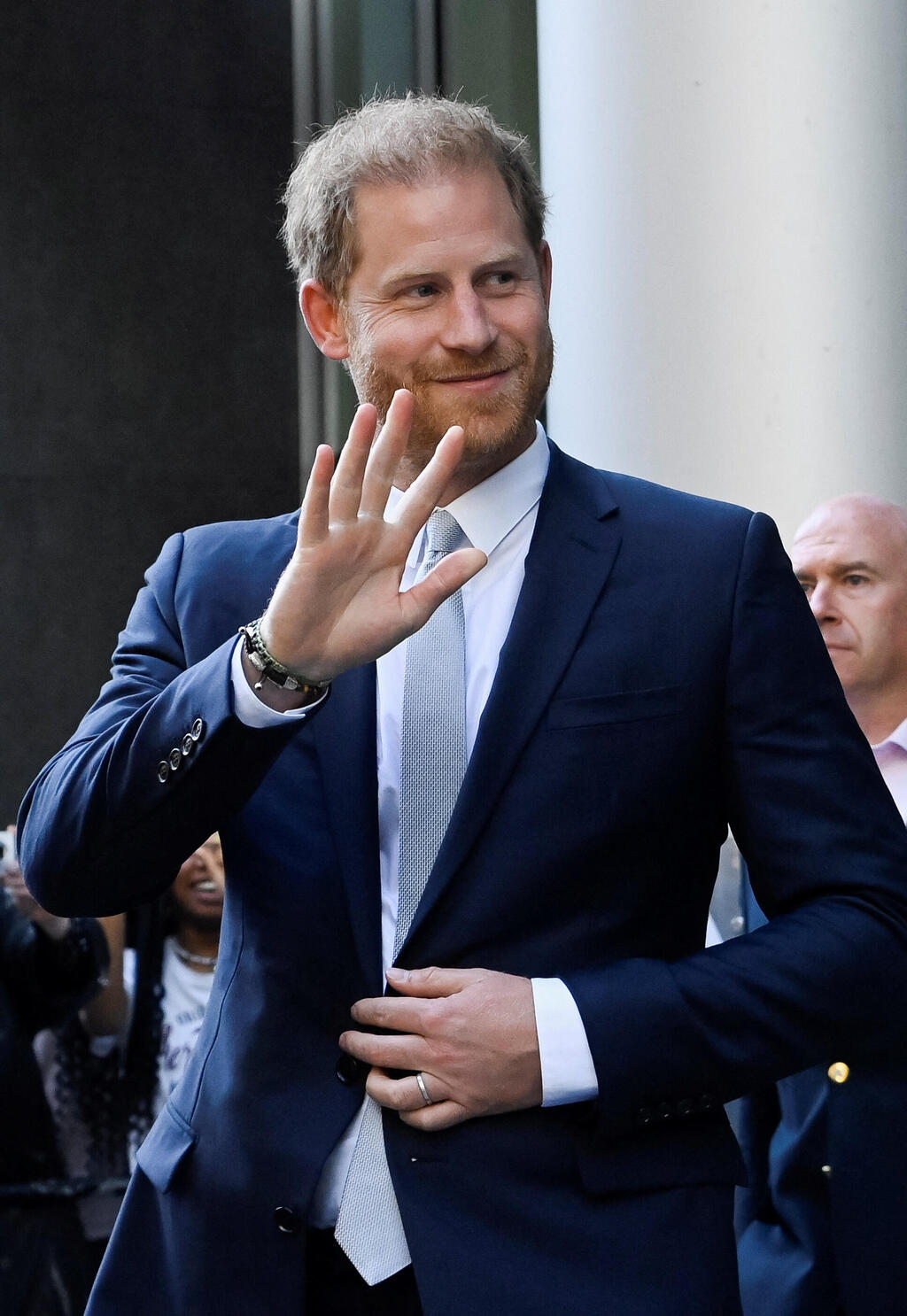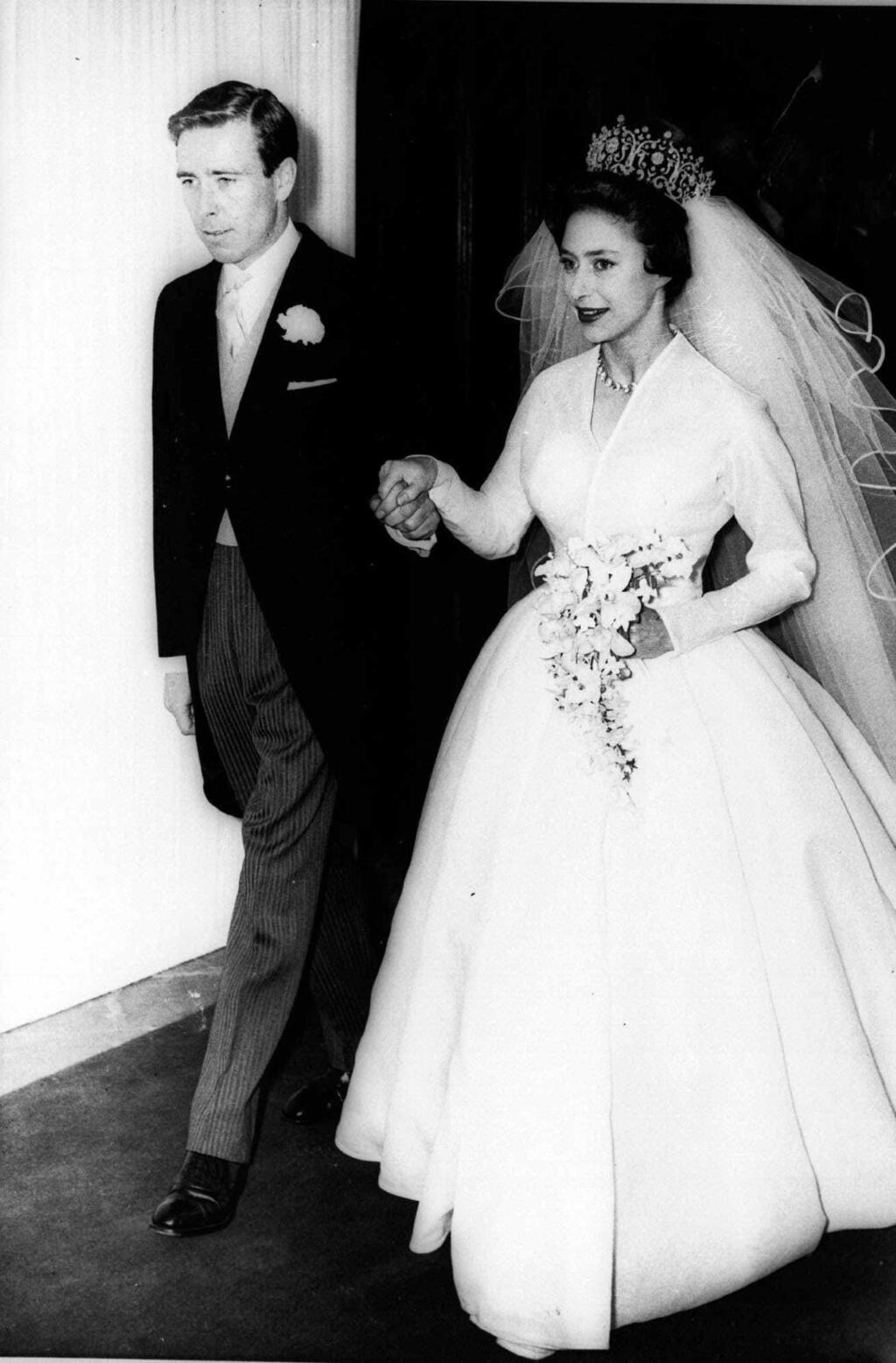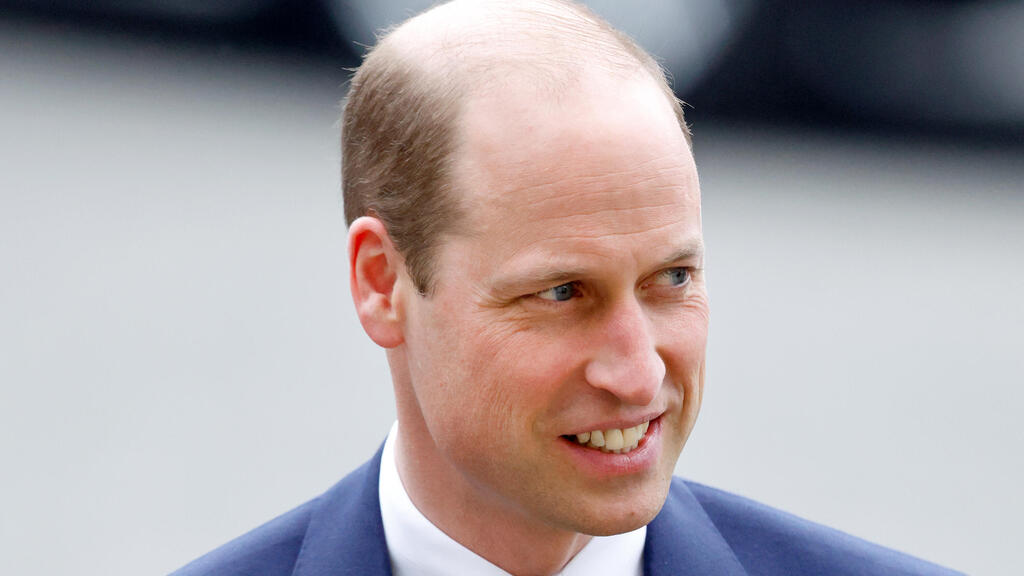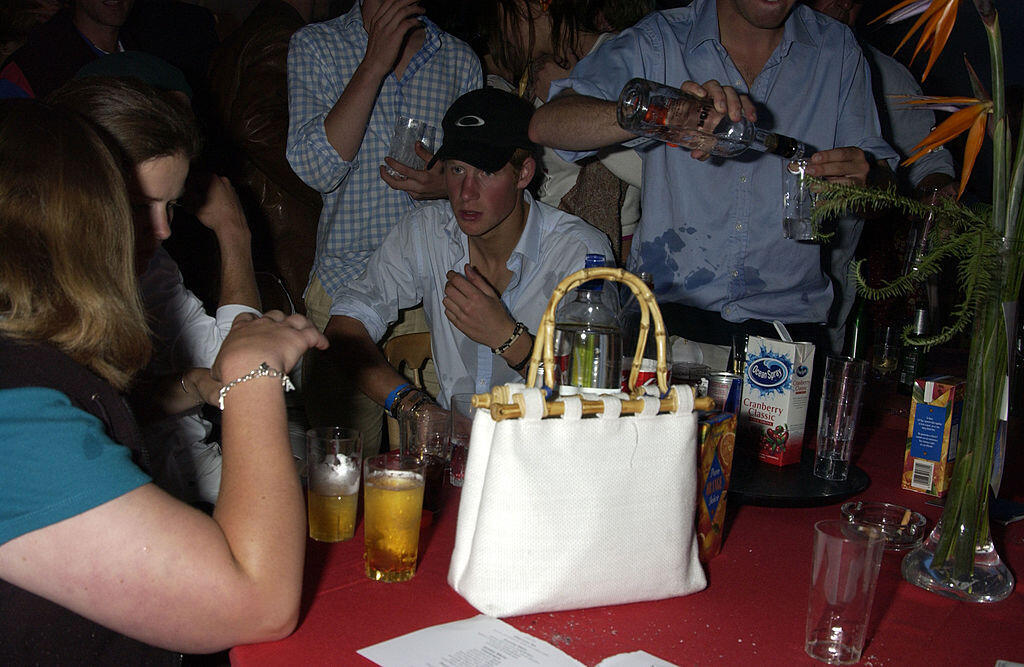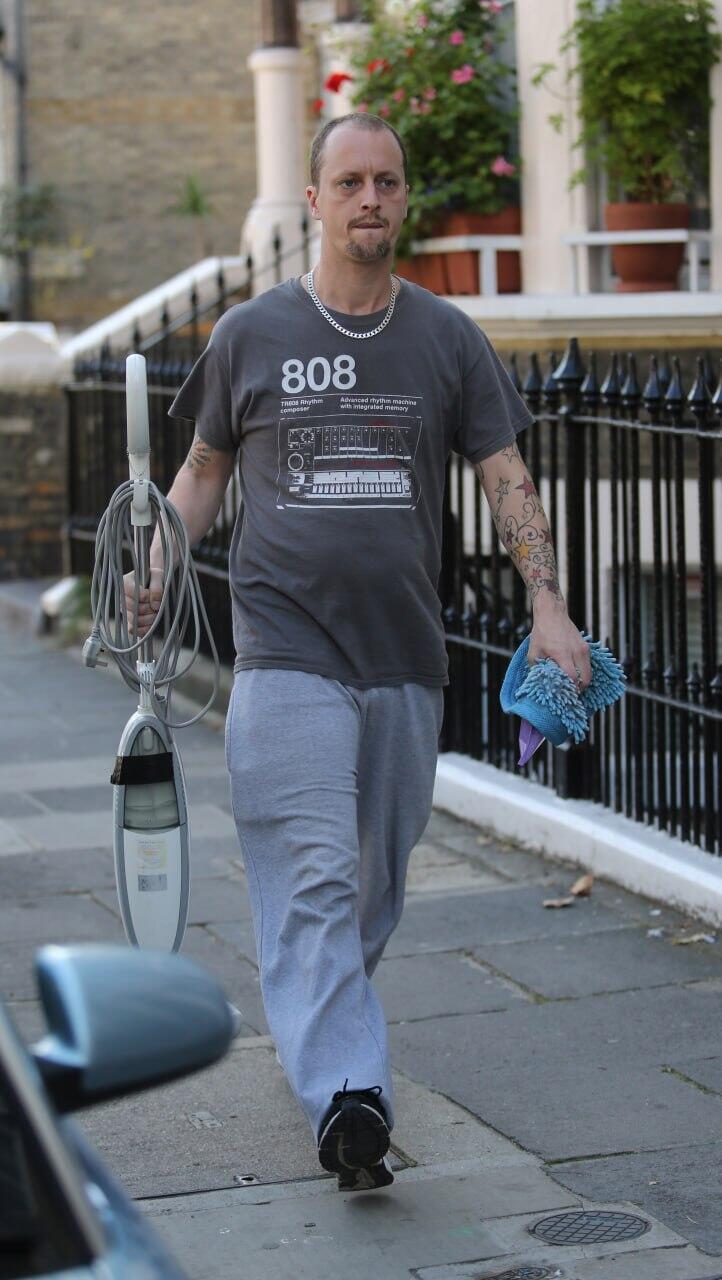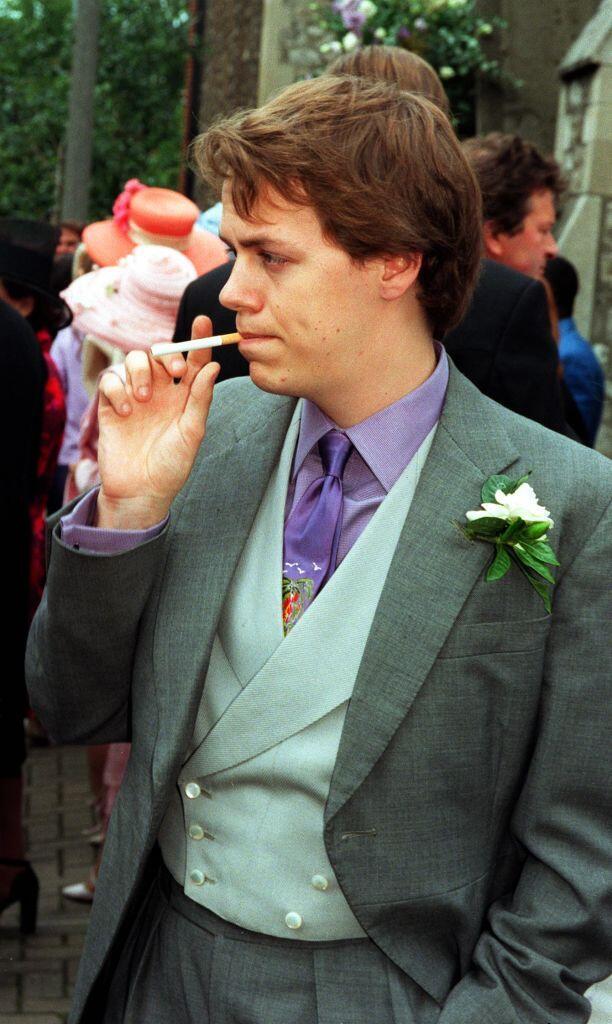Getting your Trinity Audio player ready...
"If Prince Harry lied about his drug use – they’ll have to take appropriate action," former U.S. president Donald Trump and current presidential candidate said last month during an interview with GB News and threatened the prince could find himself deported from the United States.
Since then, Harry has submitted all the required forms and become an American resident. Will this help him persuade Trump to let him stay in the United States? Probably not. And it seems that Trump isn’t really going to make efforts to deport a prince, but the Duke of Sussex isn’t the only one who struggled with addiction problems in the British palace.
Princess Margaret was 22 when she lost her father, King George VI. Her older sister, Elizabeth, became queen, and all attention turned to her, while Margaret fell more and more in love with British officer Peter Townsend.
In 1954, while still married to another woman and serving as the king's personal aide, Peter and Margaret began a wild affair, and she even told Elizabeth about her desire to marry Peter, who meanwhile managed to divorce his wife for her.
At first, Elizabeth did not express opposition to the relationship, but the situation changed after local media began releasing headlines about the loving couple, and the British expressed anger at the illegitimate relationship.
Elizabeth, who had always been known for her wonderful problem-solving skills, understood that she needed to cool down the situation and promised her younger sister that if she agreed to wait two years - at which time Townsend would serve in Brussels, the two would receive her approval to marry.
Margaret agreed but didn't take into account that her queen sister might change her mind - and that's what happened. For many years, Margaret waited for Peter, who never returned, and the two didn’t realize their love.
Margaret was forced to give up the love of her life and married photographer Antony (Tony) Armstrong-Jones in 1960. A year later, their eldest son, David, was born, and three years later, in May 1964, their second daughter, Lady Sarah, was born.
During these years, Margaret sank into a deep depression. She tended to drown her sorrow in alcohol and vented bitterness toward her mother – the Queen Mother, and toward her husband, until the two could no longer bear it.
Despite her father dying from lung cancer due to excessive smoking, that didn't stop Margaret from smoking upwards of sixty cigarettes a day and consuming alcohol in large quantities. According to her, that was the only way she could cope with severe depression. "The princess is melancholic and desperate," wrote biographer Andrew Morton in December 1966. "She often calls her close friends in the middle of the night to share her complaints."
Another familiar and disturbing story took place a month later, during a party organized by the princess, during which she called her close friend in the wee hours of the night and threatened that she would jump out the window if he didn't come. "That friend called Queen Elizabeth, who told him he could continue his business since Margaret's bedroom was on the ground floor."
7 View gallery
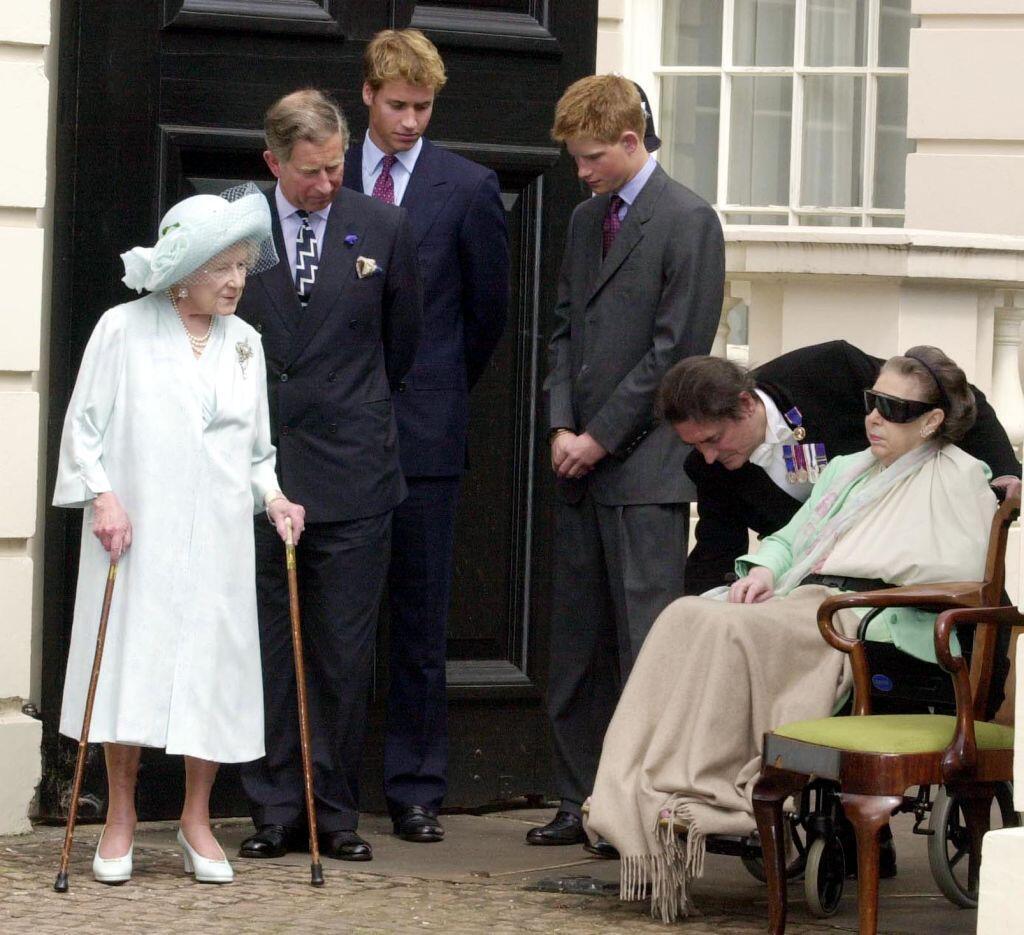

Princess Margaret on a wheelchair with her family
(Photo: Tony Harris - PA Images/Getty Images)
Elizabeth's cold response suited the palace’s alienating atmosphere very well, as the royal family always tended to hide illnesses, ignore depressions, and go on long trips every time a serious crisis occurred. "It's exactly like the queen's approach to central heating in the palace: 'If you're cold - put on a sweater,' and that's exactly how she reacted to her sister's depression, seeing it as illogical."
In 1974, Princess Margaret took a very large amount of sedatives. Palace sources claimed she tried to commit suicide, but Margaret vehemently denied it and claimed all she wanted was to sleep. "I was so exhausted. And it worked, I slept all through the afternoon the next day," she told Christopher Warwick, her official biographer.
Margaret continued to drink and take pills until her death in 2002, at the age of 71.
In September 2017, Prince William, Harry's older brother and heir to the throne, tried to intervene in a drug crisis in the UK and in a discussion with former drug addicts asked if they thought drugs should be legalized. "The prince’s well-meaning but naive intervention gives grist to their mill,” the Daily Mail wrote following the report on the visit.
However, in his defense, it will be said he did it in order to protect his younger brother and the rest of his family members whose names are associated with drug and alcohol scandals.
Indeed, addictions continued to plague the royal household. After Margaret, it was Harry's turn, who just like his late aunt, turned to drugs and alcohol to cope with depression and sorrow. In January 2023, his autobiography SPARE was released, in which he addressed this: " I was willing to drink. I was willing to take drugs. I was willing to try and do the things that made me feel less like I was feeling,” he recounted.
The first time Harry used illicit substances, as far as the world outside the palace knows, was in 2002 when he was 17. Reports accompanied the revelation of his involvement with a dubious group of youths, with whom he used to drink (despite being underage) and smoke cannabis.
According to reports, Harry and his friends would smoke together in the shed at the back of the Rattlebone pub, not far from Highgrove, his father King Charles's home, where people would often gather - often for the purpose of using hard drugs.
Sources close to the matter say William and Harry set up a recreation room in Charles's basement, complete with a sound system and a fully equipped bar. It is also alleged that Harry took advantage of the privacy to use drugs and accompany female visitors. "He [Charles] realized too late that the den was immediately underneath his study,” the Daily Mail wrote.
Despite the palace's inclination to handle such cases behind closed doors, Charles arranged for Harry to visit a drug rehabilitation clinic in London - an idea proposed by William. "Harry, too, found himself face-to-face with heroin addicts and cocaine-abusers who had pushed their tormented lives to the brink."
In an interview promoting the book aired on CBS, Harry explained that taking psychedelic drugs helped him cope with the grief and trauma of his mother's death. "I would never recommend people to do this recreationally. But doing it with the right people if you are suffering from a huge amount of loss, grief or trauma, then these things have a way of working as a medicine."
Harry revealed that he couldn't cry for years, despite the immense pressure he was under, and did everything to make himself shed a tear: "even sitting on my sofa and going over as many memories as I could muster up about my mum. And sometimes I watched videos online," he said, admitting that drugs "cleared away this idea that I had in my head that-- that my mother, that I needed to cry to prove to my mother that I missed her. When in fact, all she wanted was for me to be happy.
Nicholas Knatchbull, the grandson of the Earl Mountbatten of Burma and King Charles’s godson, was also addicted to drugs, with tabloids repeatedly claiming he was "another faithful lamb who fell victim." Nicholas's wild social life quickly affected his studies, and insiders say his recreational routine included drug use, nightclubbing, and almost always ended in dangerous driving in the luxury cars he received from his father.
Within six months of starting his studies at the University of Edinburgh, Nicholas was expelled due to intensive use of hard drugs and was arrested numerous times for drug possession. "His parents were devastated," wrote Richard Kay, a royal expert.
Initially, his parents tried to keep him at the family estate, but eventually realized they had no choice but to send him to a rehabilitation center at a cost of £10,000 a month. After escaping from the institution, Nicholas’s parents hospitalized him in a mental health institution.
Queen Consort Camilla’s side of the family had its own issues as well. in 1999, Tom Parker Bowles, the queen’s son, was caught red-handed when he offered to supply cocaine to an undercover reporter. Although Tom is eight years older than William, palace officials feared he would have a negative influence on the young heir.
During his studies at Oxford University, Parker Bowles was part of a notorious club, "the Assassins," and even received several warnings for possession of hashish and ecstasy. Tom repeatedly apologized to his parents and, of course, assured Charles, who would become his step-father, that he never took drugs in front of William.


